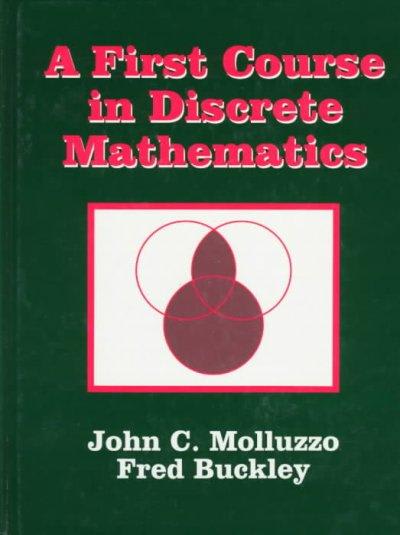Question
very urgent, thanks 1.A random survey of 221 drivers measured each drivers anger score. Higher scores indicated higher propensities for road rage. The average anger
very urgent, thanks
1.A random survey of221drivers measured each drivers anger score. Higher scores indicated higher propensities for road rage. The average anger scores were calculated for6driver categories.
A one-way analysis of variance was performed to assess whether or not there were differences between anger scores of drivers in the different age categories.
If we would reject the global null hypothesis and were interested in all of the possible pairwise comparisons, how many additional tests would we have to perform?
2.A random survey of207drivers measured each drivers "anger" score. Higher scores indicated higher propensities for road rage.
The average anger scores were calculated for9driver age categories.A one-way analysis of variance was performed to assess whether or not there were differences between anger scores of drivers in the different age categories.
What is the appropriate decision rule that we should use for the global F-test if we are interested in maintaining a type I error rate that is less than 0.05?
reject if F <= 0.3388reject if F >= 0.3388reject if F >= 1.9854reject if F <= 1.9854reject if F >= 2.9515reject if F >= 2.6022reject if F >= 0.2036reject if F >= 2.2565
Step by Step Solution
There are 3 Steps involved in it
Step: 1

Get Instant Access to Expert-Tailored Solutions
See step-by-step solutions with expert insights and AI powered tools for academic success
Step: 2

Step: 3

Ace Your Homework with AI
Get the answers you need in no time with our AI-driven, step-by-step assistance
Get Started


